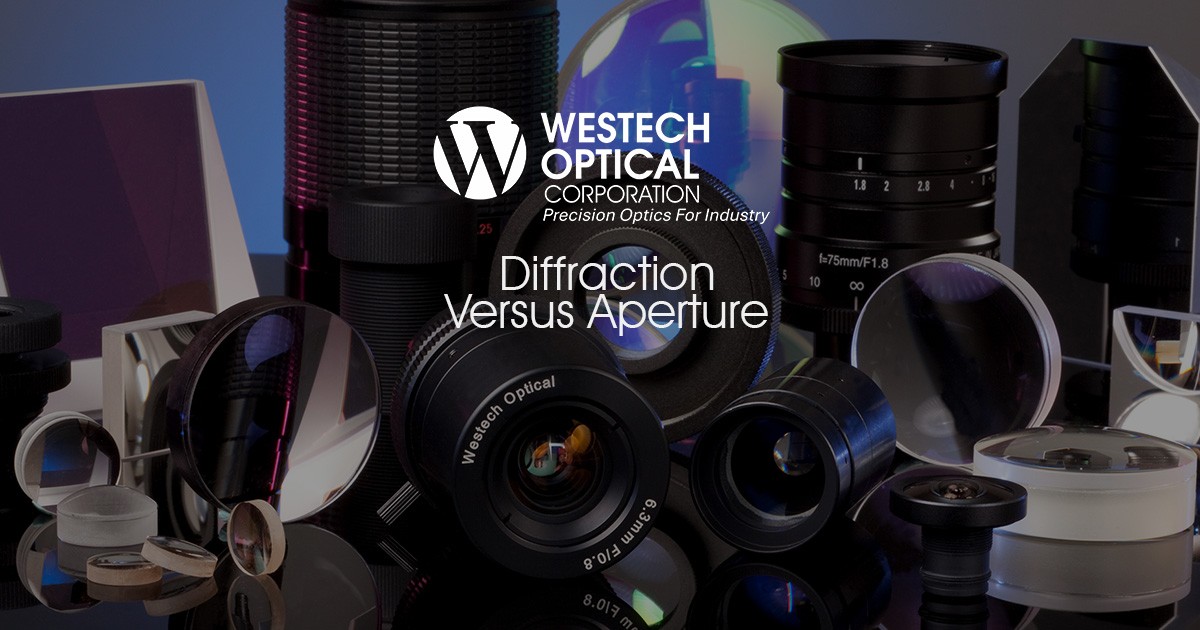September 20, 2024
When choosing the best F#, be aware of diffraction.

What is Diffraction?
Diffraction is a physical phenomenon that causes light to spread when passing through an aperture, which limits resolution as aperture size decreases (higher f-numbers). It results in a softening or blurring of details in the image, becoming more significant as the aperture is reduced.
Diffraction and Aperture Size:
Diffraction occurs at all apertures but becomes noticeable and starts affecting image sharpness at smaller apertures. With a 64 MP sensor, the pixel size is relatively small (around 0.8 μm). Small pixel sizes are more sensitive to diffraction, meaning diffraction will affect image quality at a wider aperture compared to sensors with larger pixels.
When Diffraction Becomes an Issue:
To understand when diffraction becomes noticeable, we can use a concept called the diffraction limit. This is defined by the Airy disk size, which is the smallest point of light that can be focused. The formula to estimate the diffraction limit is:
Diffraction limit in microns

Where:
- λ lambda = wavelength of light (commonly around 550 nm for visible light).
- f = focal length of the lens.
- D = aperture diameter.
We can estimate when diffraction becomes noticeable using the diffraction-limited aperture formula:

For typical wavelengths of visible light (λ≈550 nm) and a pixel size of 0.8 μm, diffraction begins to noticeably affect image sharpness at approximately f/2.8 or smaller apertures.
How to Manage Diffraction:
To avoid noticeable diffraction:
- Use a larger aperture: Keeping the aperture at or below f/2.8 should minimize diffraction issues.
- Optimize lens design: Choosing a high-quality lens with coatings to reduce flare and improve sharpness can also help.
- Balance depth of field and diffraction: Depending on your application, you may need to compromise and balance diffraction with depth of field requirements by adjusting the aperture.
Conclusion:
For a fast aperture lens assembly for the Sony IMX686 sensor, diffraction will begin to impact image quality around f/2.8. You can use wider apertures (such as f/1.8 or f/2) to reduce diffraction, but be mindful of the depth of field limitations that come with using faster apertures.
Please contact us to discuss your specific lens requirements. We will respond quickly.
